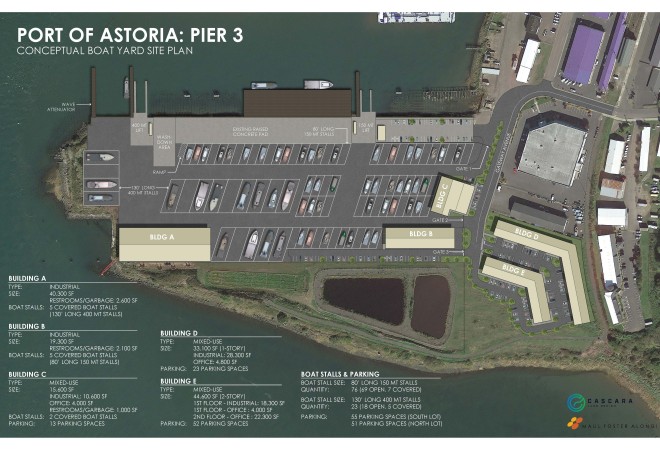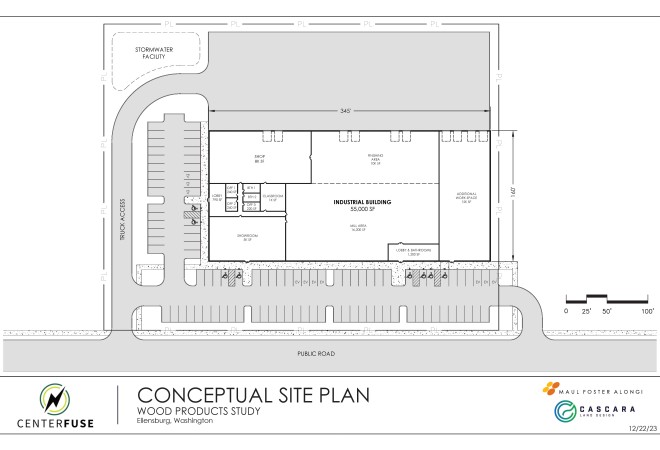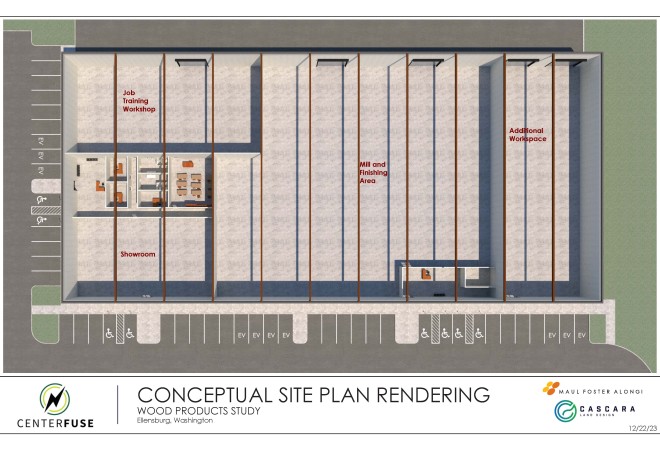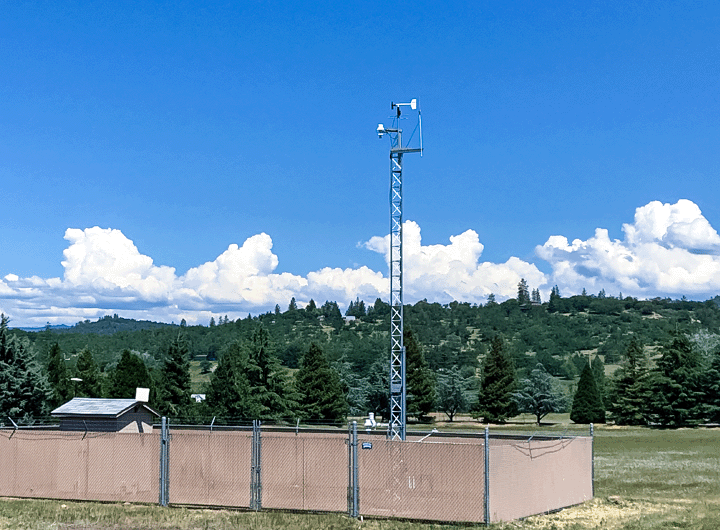Spotlight
MFA Celebrates National Community Planning Month
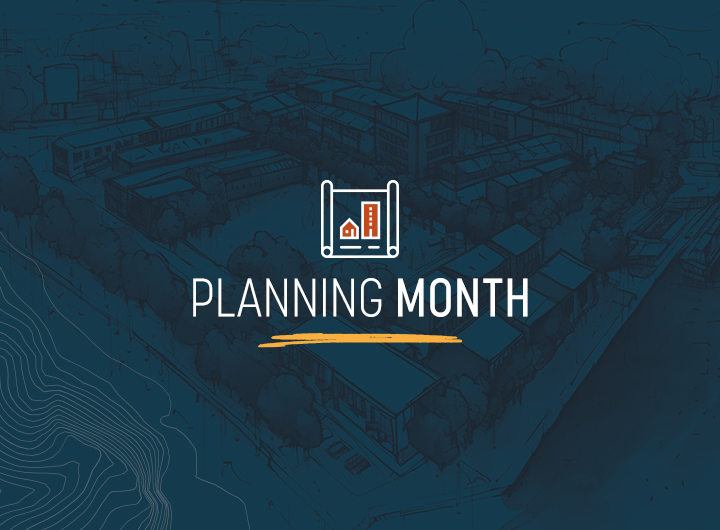
October is National Community Planning Month! This month we're celebrating the important work that our planners and specialists do to enhance the well-being of our communities. Throughout the month, we’re highlighting the diverse, data-driven, and long-term planning efforts led by MFA’s Planning and Engagement Team that help build safer, more resilient, and equitable places to live, work, and play.
Discover the different forms of planning that MFA provides, hear directly from our talented team, and explore the exciting projects shaping the future of our communities.

What is Community and Economic Development Planning?
Community and economic development planning is a strategic process through which communities shape their economic future. Whether envisioning the reuse potential of a keystone site in the heart of town or reimagining an entire district, this work involves assessing local strengths, identifying opportunities, and aligning land use, infrastructure, and policy to foster sustainable growth, job creation, and community well-being.
At its best, community and economic development planning connects past, present, and future. By addressing the legacy of industrial use or economic disinvestment, planners help transform underutilized or contaminated sites into catalysts for innovation, investment, and resilience.
This work often takes shape through site redevelopment planning, master planning, and grant funding acquisition support, three interconnected efforts that help communities move from vision to action and from ideas to impact.
Community and Economic Planning in Action
Community and economic development planning takes many forms, from reimagining industrial properties to strengthening local industries and workforce capacity. The following projects highlight how planners turn collaboration and strategy into results, helping communities connect vision with implementation and create lasting local impact.
Port of Astoria: Boatyard Master Plan
The Port of Astoria needed a clear path forward for its Pier 3 Boatyard, a vital asset for maritime operations and regional economic activity. MFA planners collaborated with the Port and key stakeholders to develop a conceptual redevelopment plan that balanced operational needs with long-term community goals.
Through a series of in-person workshops, planners facilitated discussions to refine the preferred concept and align it with local priorities. The result was a detailed action plan outlining phased implementation strategies for proposed improvements, providing the Port with a roadmap for revitalization and sustainable growth.
Ellensburg Business Development Authority: Wood Products Study
In Kittitas County, MFA planners conducted a comprehensive wood products cluster analysis to evaluate the region’s potential for growth in value-added manufacturing. The study engaged local businesses, educators, and workforce leaders to identify both barriers and opportunities for expansion.
Planners developed a conceptual facility plan to support workforce training, business incubation, and shared industrial services. The resulting recommendations provided a framework for strengthening the county’s economic base through targeted workforce development, marketing, and land-readiness strategies.

What are Climate and Strategic Planning?
Climate and strategic planning are forward-looking processes that help communities and organizations prepare for change, manage risk, and align decisions with long-term goals. Both approaches focus on resilience, adaptability, and intentional progress.
Contact
Ask a Planner
Have questions about community and economic development planning? Our team is here to help. Reach out to start a conversation about how planning can move your community from vision to action.

